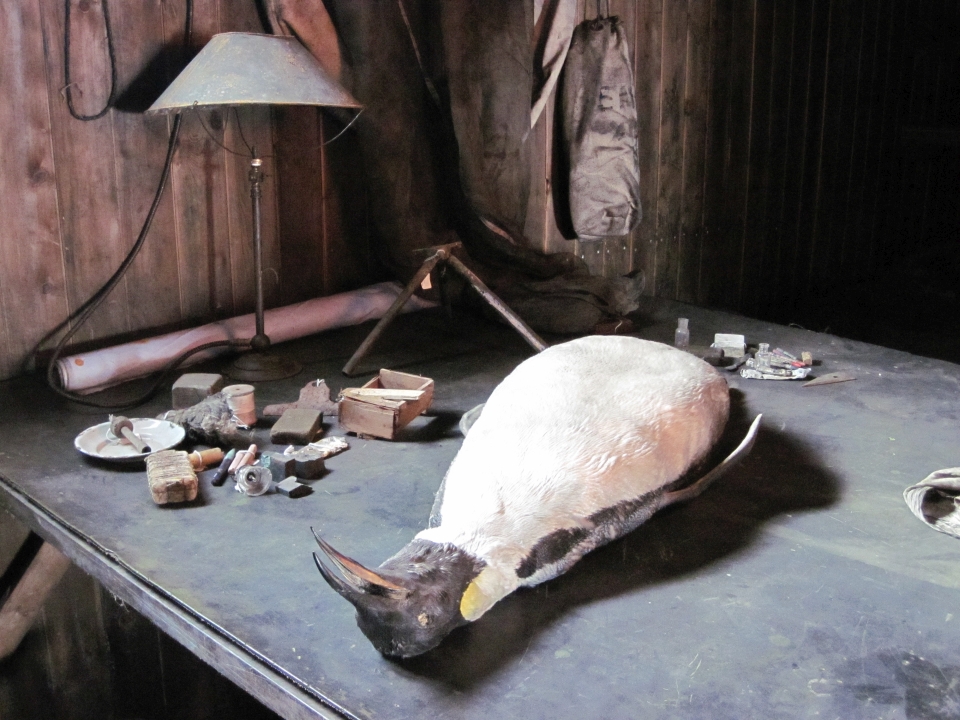For a long time Antarctica has been a place of wonder and adventure. Legends say a Māori fleet of waka sailed into the Southern Ocean in the 1600s, and sealing and navy ships first saw Antarctica in the 1800s.
By the end of the 1800s, people from all over the world were interested in exploring and studying Antarctica.
The first explorers in Antarctica did important science work and this work continues today. Science from over 100 years ago is helping scientists to understand our climate and the world around us.
Then and now
Scientists today are still using recordings made over 100 years ago. Some examples include:
- Recordings of weather made on Scott and Shackelton’s trips are used to show how Antarctic weather has changed over time.
- Measurements of sea water, sea ice and glaciers are helping scientists understand climate change.
- Rock samples have helped scientists to understand how Antarctica formed and how it has changed over time.
- Some sea animals collected during Scott’s expedition have since been compared with new samples to show changes in the amount of carbon dioxide in the air and sea.
Today computers and other technology help scientists to do more work in Antarctica.
Some methods of recording have changed very little since Scott’s first expedition. One example is sampling sea water. Nansen bottles were first made in 1894 and they are still used today. These bottles are lowered into the sea, each end of the bottle is open and has a cap which can be triggered to close at a certain depth. You can see an old Nansen bottle being used during Scott’s Terra Nova Expedition here.
Today many scientists are looking at climate change and asking:
- How will Antarctica be impacted?
- How will change in Antarctica effect the rest of the planet?
Antarctica is changing. Within fifty years the size of Antarctica’s ice sheets and ice shelves will be smaller.
Antarctica's ice changes the way the ocean and air moves around our planet. This means that changes in Antarctica will be felt around the world. Changes in the amount of ice in Antarctica will affect sea level.
Scientists think that, once they understand how things work in Antarctica, they can use this knowledge to better understand how other areas will be effected by climate change.











